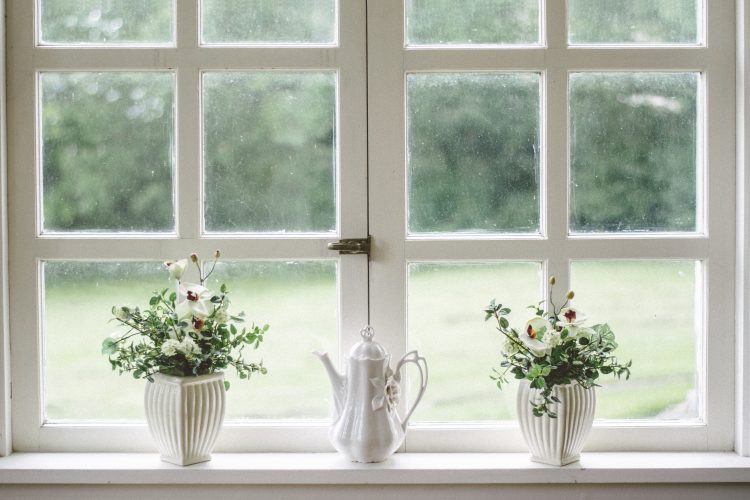Mould
Mould is a type of fungi that plays a part in the earths ecosystem. It is found both indoors and outdoors and can enter your home through open windows and doorways, heating/air conditioning systems and vents. You can also unknowingly bring it into your home yourself as it attaches itself to clothing and pets etc. Mould produces tiny spores which float through the air and reproduce once they have found a damp spot caused by excess moisture. It grows best in a poorly ventilated environment with lack of sunlight. Mould can grow on all types of materials such as paper, carpet and upholstery, food, walls, tiles and wood products just to name a few.
Causes
Mould is caused by excess moisture in buildings and prolonged condensation. Some of the causes of excess moisture in your home are:
- Leaking pipes/guttering problems
- Broken damp proof courses
- Cracked roof tiles which has allowed rain to pass through
- Normal household activities such as cooking, showering, washing/drying laundry all of which cause condensation
- Flooding damage
- Rising damp in basement or ground floors
This excess moisture in your home combined with poor ventilation and high humidity will lead to damp. Damp can also occur in a newly built house if the water used is still drying out.
How to Recognise
Mould may not always be visible as it can grow in hidden places such as behind walls. When it isn’t hidden, you will be able to recognise mould or the signs of mould in the following ways:
- Musty smell
- Visible growth – Mould growth usually starts off as black speckled dots. This would normally start in the corners of walls
- Flaking or curling wallpaper
- Ceilings – Brown patches or stains on the external corners of ceilings may be a sign of mould
- Windows – Condensation on windows or small puddles of water along the windowsill can be a both a cause and a symptom of damp in your home. This will normally lead to black mould developing on the edge of window frames
- Bathrooms and Kitchens – You will be able to find signs of mould in bathrooms and kitchen by checking for mould growth on the grout, sealant, window frames and ceiilings. You may also be able to spot mould growth inside cabinets and cupboards
- Furniture/Soft Furnishings – Specks of mould can be found on upholstered sofas and curtains/blinds. Another sign will be cloudy condensation on wooden and plastic surfaces
- Basements and Unheated Storage Spaces – The main sign of mould in these type of spaces will be the musty, damp smell that mould creates. You may also find staining and mould on walls and woodwork
What to Do
- The source of the leak will first need to be determined. If mould is cleaned away, it will just keep coming back if the cause of it is not found and rectified. A professional will most likely have to be called in to determine the cause of the damp and have the problem fixed i.e. fixing a leak found in pipes
- Depending on the extent of the growth and the cause, a professional will have to remove the mould. It is possible to remove mould yourself if it is caused by condensation and covers an area less than 1 metre squared, otherwise it will be down to a professional to get it removed. If you clean it yourself then you will just contaminate your home further by spreading mould spores through the air. Although it is not dangerous, it can affect health in a number of ways such causing cold like symptoms or flaring up asthma.
- If cleaning mould away yourself, always wear protective clothing items such as goggles, rubber gloves and a mask that covers your nose and mouth
- Remove any soft furnishings or items that may have mould growth and have them professionally cleaned
Prevention
- Open windows and doors regularly to air out your home and allow damp air to escape, even if it’s cold
- Use the central heating to heat up every room in your home
- Feel the walls once in a while to check if they feel damp
- Use exhaust fans or open windows when cooking or showering
- Don’t dry wet laundry on radiators – use a clothes horse either outside or in a room with plenty of ventilation
- Check humidity levels and keep them as low as you can – dehumidifiers and air conditioners help keep levels low
- Have your home regularly inspected for issues such as leaks or roof damage and keep it well maintained
- Wipe away any condensation that settles on windows or tiled walls etc

